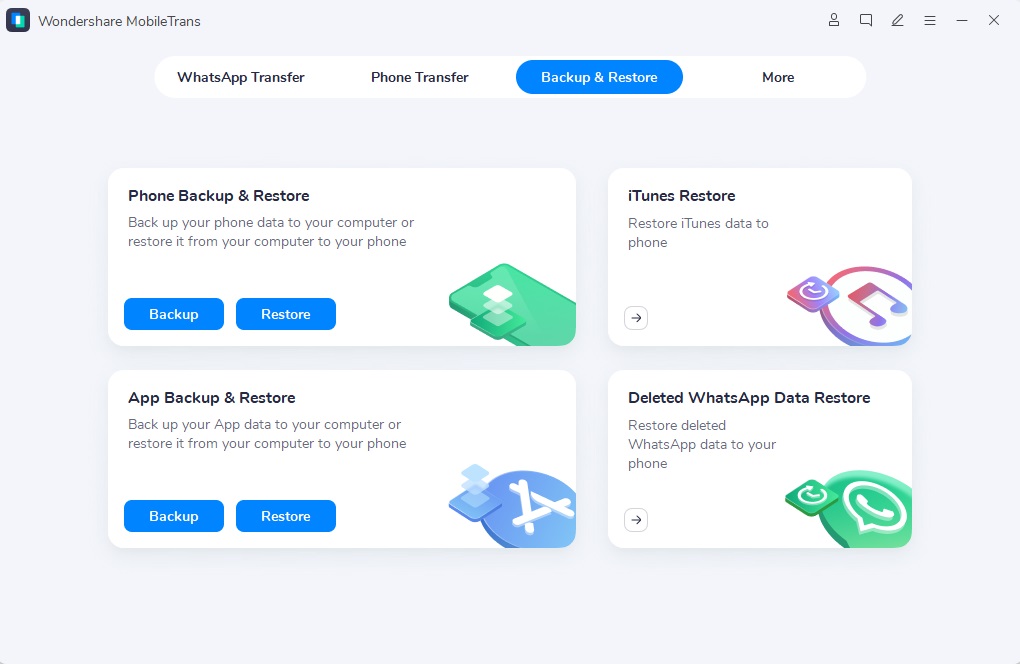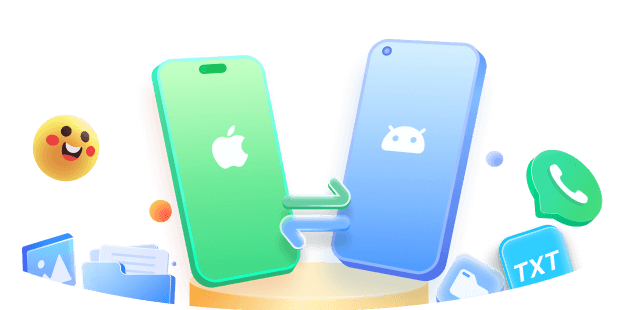Moving the iTunes library to a new Mac can become great trouble and the novices feel too confused that they cannot focus on any of the solutions available online. But don't worry, your dream of seeing iTunes on Mac can come true if you know how to transfer data to a new MacBook using the most convenient method. Today in this article, we will discuss various informative points on how to transfer iTunes on Mac in the easiest and the simplest ways.
Part1: How to Find iTunes Library Locations on Mac?
Looking for the iTunes Store on Mac? Want to know how to find it? Well, here is the solution.
- Step 1: Go to the home directory
Search for the finder window by opening a desktop of your Mac. If you have been already using a Mac you can easily go to the Finder window where you will see the "Go" button at the top. It will appear in the menu bar. Select the option from the drop-down menu and you will be redirected to the home directory.
- Step 2: Find iTunes library
In the home directory, you will be surprised to know that a "Music" option is present in which you will be able to see iTunes. You will notice that your iTunes folder is located on Mac.

This is where the iTunes software shares your media files that immediately become visible on your screen.
Part2: How to Transfer iTunes Library to New Mac?
If you already know how to locate the items folder on Mac, then you need more information when you change your Mac and want to know how to transfer the iTunes library to the new Mac.
Do not worry we have you covered.
- Method 1: Using a USB Thumb Drive or External Hard Drive
- Method 2: Using Migration Assistant
- Method 3: Using iTunes Match
- Method 4: Using iTunes Backup
Method 1: Transfer iTunes Library to New Mac Using a USB Thumb Drive or External Hard Drive
This procedure will copy your whole iTunes collection to an external device, where it will remain accessible but won't eat up valuable internal storage space:
- Select the "Advanced" option in iTunes.
- Look for the present location under "iTunes Media specified directory," pick it, and duplicate it.
- Browse to the iTunes collection source file in OS X using the Finder.
- Follow this path.
- To copy the iTunes library to an external disc, connect it to your computer.
- Drag & drop the "iTunes Media" folder from the /Music/iTunes/ folder onto the external device, then wait for the file transfer to complete before doing anything else.
- Return to iTunes and pick the new role under "iTunes Media folder location" by clicking the "Change" option.
- Adjust the position of your itunes account
- Choose the freshly copied "iTunes Media" folder from the hard disc you just linked and transferred the collection to, then click "Open."
- Choose a location for your iTunes library that isn't on your computer.
- Select "OK" to confirm the new iTunes media folder's selection.
Simply do the following after opening iTunes on Mac.
- Attach the usb device to the Mac, then return the iTunes Media directory to the /Music/iTunes/ folder.
- Your prior library must be kept in the same place for it to be available; otherwise, select "Change" and go to its new destination.
- That's all; you'll be returned to the default configuration, and iTunes Music will be restored to its previous state.
Method 2: Transfer iTunes Library to New Mac Using Migration Assistant

- Open Migration Assistant in the utilities section of your Project directory on your new Mac. Choose the option to transfer from a Mac, Time Machine restore, or startup disc when prompted how you wish to move your data.
- Launch Migration Assistant on your previous Mac. Choose the option to move to another Mac when prompted how you wish to move your data.
- Choose the data you want to send.
- To begin the migration on your new Mac, click The next button. If you have a lot of data to transmit, it might take many hours.
The process will be the same even if you use iTunes for macbook air.
Method 3: Transfer iTunes Library to New Mac Using iTunes Match
- Open the iTunes Match app on your device.
- Select Music > Preferences from the menu bar at the top of your screen.
- To enable it, go to the General tab and pick Sync Library. You won't see an option to switch on Sync Library if you don't have an iTunes Match subscription.
- Click the OK button.

If you have a huge music library, uploading and syncing it across all of your devices may take a little time.
Method 4: Transfer iTunes Library to New Mac Using iTunes Backup
You may export your iTunes library as an XML file by going to the iTunes backup option in File > Library > Export Library. This is a summary of the places of all the files in that library, as well as the playlists in which those tracks appear. Importing that XML file into another library (File > Library > Import Playlist) should combine the libraries and add the files.

The deduping link will show you how to get rid of any duplicates.
Consolidate Files from File > Library > Organize Library > Consolidate Files will copy things from the previous library that aren't duplicates into the new library's media folder, keeping everything in one location.
Bonus Tip: How to restore iTunes backup to a mobile phone?
Use MobileTrans as it can extract an iTunes backup to any iOS or Android device. In this way, you're able to retrieve data from iTunes backups, such as contacts, messages, photos, etc.
With the aid of MobileTrans - Backup & Restore software, accessing information from an iTunes backup has become a one-tap operation. MobileTrans, a Wondershare Technologies solution utilized by millions of individuals across the world, assisted many in reaching their target solution in a matter of seconds. After you've installed the programme, you'll just have to go through two steps to do operations like backup and restore. The MobileTrans programme is compatible with both Windows and Mac operating systems.
- Step 1: Go to MobileTrans's official website and click the Download option. The primary window will show you three modules, one of which is Restore.
- Step 2: You must now connect the new iPhone to your Mac. Go to the iTunes backup location as soon as you open the Restore module.

- Step 3: Continue to the next step to begin the restoration process.

- Step 4: After you've selected the files you want to restore, press the Start button. The progress will then be displayed in a window. Allow it to finish.
Conclusion
Now we have discussed all the methods to move iTunes on mac, you can choose the one that seems the simplest to you. Note that the process is the same even if you want to transfer Mac to Mac and know how to transfer data from Mac to Mac. MobileTrans - Backup & Restore tool, a bonus option, is a fairly dependable alternative because it is a quick and efficient platform. On the other hand, if you want to restore an iTunes backup from a USB manually, you'll have to go through a lot of procedures.
New Trendings
Top Stories
All Categories










Axel Nash
staff Editor